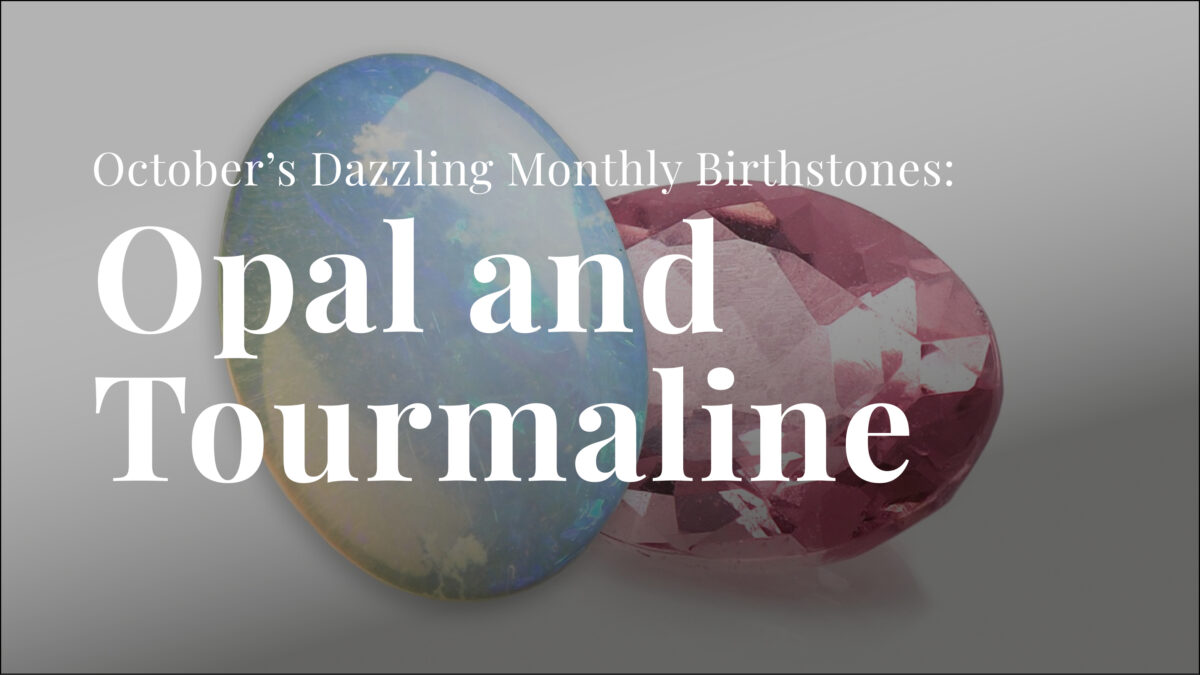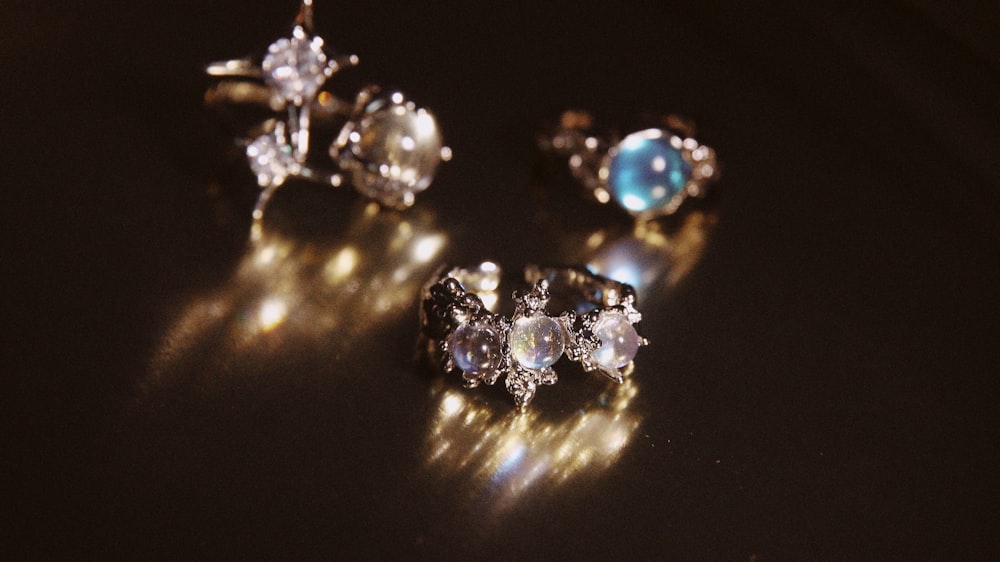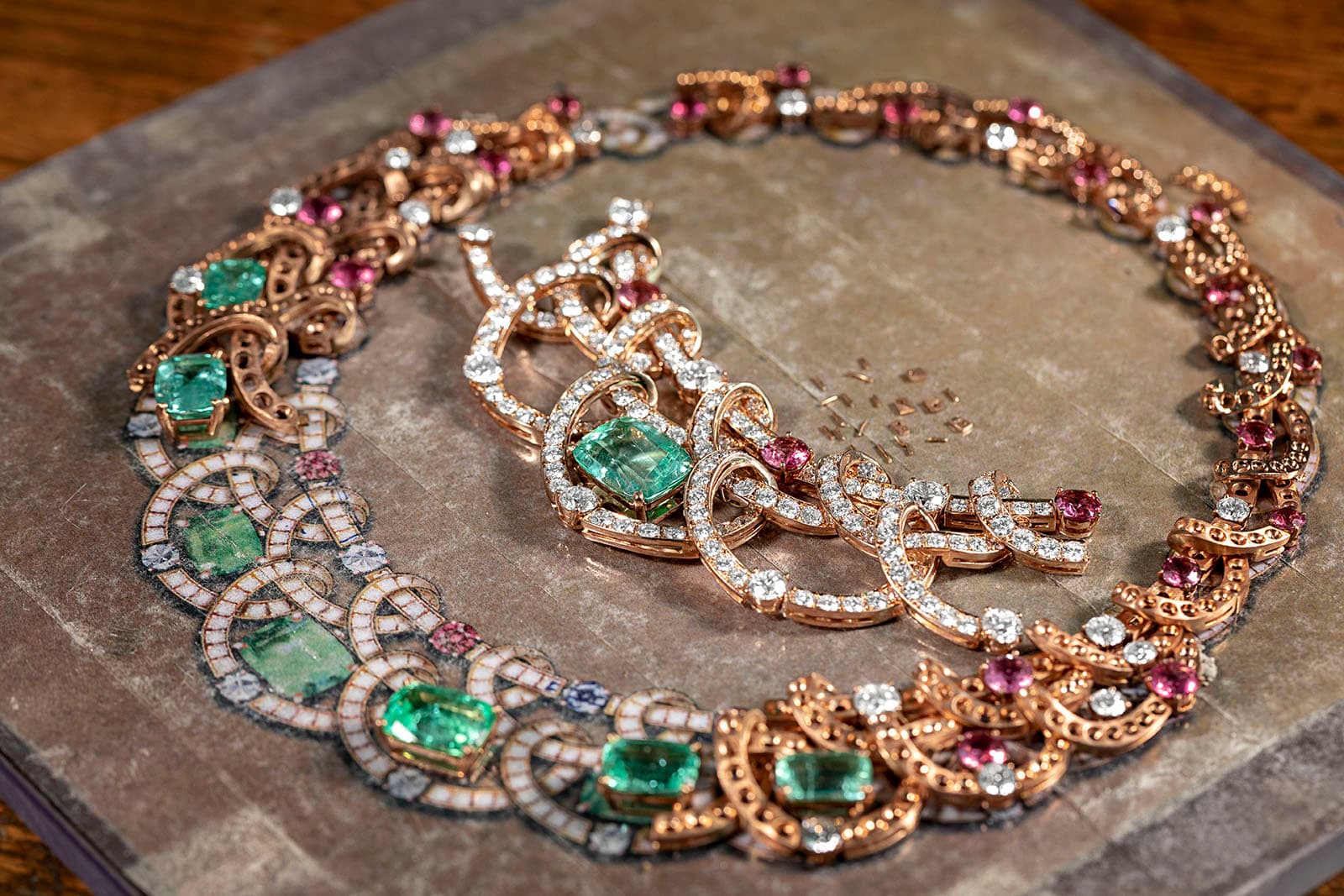October is a month that brings with it the radiant glow of falling leaves and the mystique of Halloween. Matching this allure are October’s birthstones, Opal and Tourmaline. These gemstones, deeply entrenched in our culture and jewelry, are a testament to the month’s vibrancy.
The Origins of Opal and Tourmaline: October’s Birthstones
Historically, opals were first mined in areas like Slovakia, while tourmalines have ancient roots in Sri Lanka. Today, Australia stands out as a leading source of opals. On the other hand, Brazil and some African countries are the go-to places for quality tourmalines. The legends surrounding these monthly birthstones are enthralling; Opals, for instance, were once believed to embody lightning due to their shimmer, while Tourmalines were thought to be rainbow fragments brought from the earth’s core by their journey upwards.
Physical and Optical Properties
Opal
Play-of-Color: Opal’s defining characteristic is its spellbinding play-of-color. This phenomenon arises due to the diffraction of light by microscopic silica spheres stacked within the stone. Depending on the size and arrangement of these spheres, various colors, from blues and greens to reds and yellows, are produced.
Types of Opals:
White Opals: Often milky in appearance, these opals have a play-of-color against a light base tone.
Black Opals: These are among the rarest opals, with a dark body color that accentuates the vibrant play-of-color, making them highly sought after.
Fire Opals: Aptly named for their bright orange, red, or yellow background color. Unlike many opals, they may or may not display play-of-color.
Boulder Opals: These are easily distinguishable because parts of the host rock, or boulder, are still attached. The vivid play-of-color contrasts beautifully with the ironstone boulder background.
Hardness and Care: Opals register around 5.5-6.5 on the Mohs scale of hardness, making them relatively soft. They contain water, so they should be protected from heat and strong light sources which can dry them out and cause cracking.
Tourmaline
Color Range: One of the most colorful gemstones, tourmaline is available in almost every hue, thanks to various trace elements. Iron results in black and deep blue shades, while manganese produces reds and pinks.
Unique Properties:
Pyroelectricity: Tourmalines can generate electrical charges when heated. This means if you warm a tourmaline, it will attract dust and lightweight materials.
Piezoelectricity: When pressure is applied to it, the tourmaline becomes electrically charged. This property has made it valuable in modern electronic applications.
Hardness and Durability: Tourmalines have a Mohs hardness rating of 7-7.5, making them durable enough for various jewelry types. However, they should be protected from sharp blows and extreme temperature changes.
Symbolism and Cultural Significance
The way cultures perceive monthly birthstones like Opal and Tourmaline is intriguing. Some see Opals as symbols of hope and purity, while in others, it’s an emblem of mischief. Tourmalines are often regarded as a bridge between the conscious and unconscious. Additionally, many believe in the healing powers of these stones – Opals for invoking creativity and Tourmalines for balancing energies.
Jewelry Considerations
Opal and Tourmaline are not just beautiful; they make captivating jewelry pieces. Opals often grace necklaces and earrings with their kaleidoscopic brilliance, while Tourmalines, given their color range, are a favorite for bespoke rings. However, to maintain their luster, it’s vital to avoid harsh chemicals and sudden temperature changes.
Market Value and Investment Potential
Currently, the market for these monthly birthstones is bullish. The value of Opal and Tourmaline depends on factors like clarity, color intensity, and origin. With the growing appreciation for their uniqueness, investing in high-quality pieces could yield considerable returns.
Conclusion
October’s monthly birthstones, Opal and Tourmaline, are a marvel of nature. Their rich histories, incredible physical properties, and profound cultural significance make them treasures to be cherished. Whether you’re celebrating a birthday or just admiring their beauty, these gemstones are a testament to nature’s artistry.
References
International Gem Society (IGS). “Tourmaline: The Rainbow Gemstone.” International Gem Society
Smith, Jane. “The Science Behind Opal’s Shimmer.” Journal of Gemology





